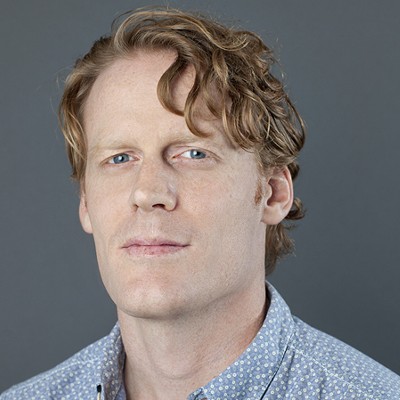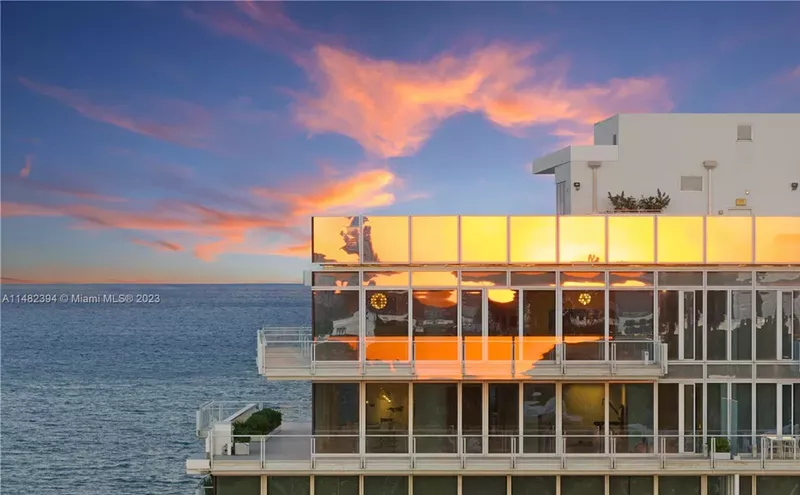A pelota's throw from Calle Ocho stands a building as out of place as a treasure chest on the arctic tundra. A massive slab of stone looms over a narrow Little Havana cul-de-sac like a mausoleum, its parted curtain door hinting at its hallowed interior. But inside, there is no death — only architectural rebirth.
The humming, wood-paneled office belongs to Andres Duany and Elizabeth Plater-Zyberk, two of the world's leading architects and urban planners. For the past 37 years, the petite but powerful married couple has made Miami their home and laboratory. As founding members of Arquitectonica, they helped transform downtown Miami from a concrete jungle into a sparkling skyline. In 1980, they founded their own company — Duany Plater-Zyberk (DPZ) — and began designing entire towns. Their most famous creation, Seaside in the Florida panhandle, was the setting for the 1999 Jim Carrey film, The Truman Show.
Plater-Zyberk and Duany are like electrons in constant motion. While one is in Haiti to redesign its quake-ravaged streets, the other is at a charrette in Scotland. They spend weekends together, but are united by something else as well: the belief that traditional architectural principles — above all, the need for public space — is our way out of the hellish, car-reliant, suburban environment we've built for ourselves.
"Most of what's been developed since World War II is banal sprawl," says Plater-Zyberk, a thin Polish-American with fair skin and long blond hair who is also dean of the University of Miami's architecture school. "People now think of their standard of living as the number of rooms they have in their house, but they end up spending most of their lives in the car." Things are improving, though. "When we arrived, there were few walkable places to live. Now there are many — downtown, Miami Beach, even Coral Gables."
Duany also feels a similar blend of hope and discouragement for his adopted city. The handsome and meticulously dressed Cuban-American thinks Miami gets a bad rap from out-of-towners who want it to function like Minneapolis (you know, Protestant work ethic, trains on time, paved roads, law and order, etc.).
"Despite what people in my profession think, Miami has done everything by the book," he says. Miami is an urban planner's dream, Duany argues: A unified school district keeps families from moving away, county government keeps 37 cities in loose coalition, and Miami International Airport is an urban portal to anywhere in the world. But the city's poverty and immigration often eclipse its infrastructure.
"You can't have the marvelous, uniform yuppie lifestyle of a place like Portland if you're going to be the gateway to immigrants from the Americas," he says. "But I'd rather have that. Having all these Latin Americans here is great."
<< Michelle Bernstein | Karelle Levy >>











